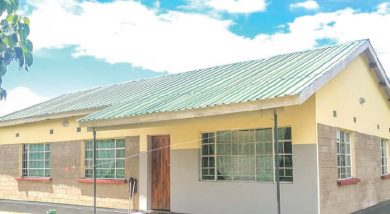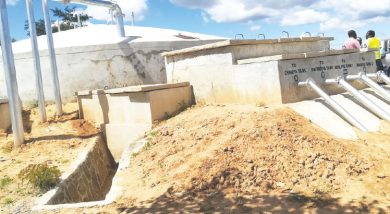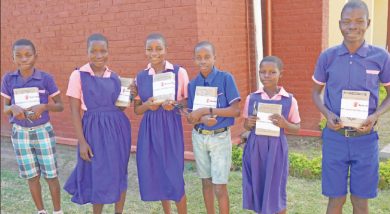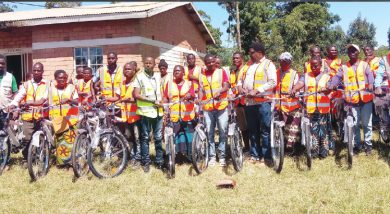Malawi, others in power deals
Malawi is finalising deals with neighbours and the Southern Africa Power Pool (Sapp) to make the country one of the region’s centres of electricity connectivity while potentially kicking out persistent blackouts.
Minister of Energy Ibrahim Matola said in an interview in Shenzhen, China on Monday that the Malawi Government will this month sign a memorandum of understanding (MoU) with Tanzania for a joint hydropower generation project on Songwe River which borders the two countries.
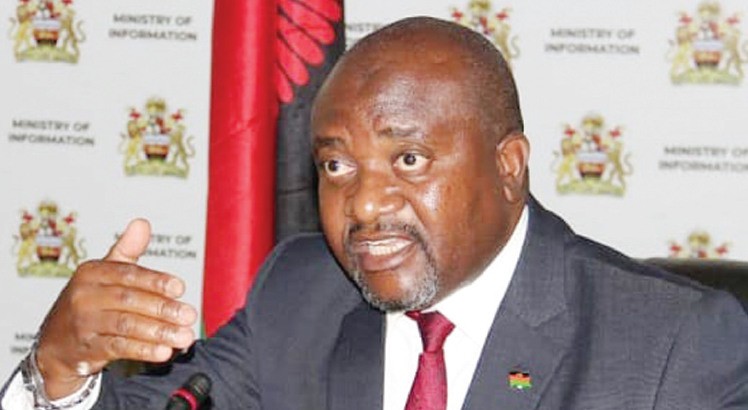
The near fruition of the deals come against a background of decades of bureaucratic foot-dragging to have the projects take off.
In another deal, Malawi is also expected to expedite the power interconnector agreement and Zoa Falls generation deal with Mozambique as well as begin to position itself to tap into Sapp where it will benefit from the grouping’s surplus energy.
Further, Malawi is also on course to lock up the power trading deal with Zambia during the year, the minister said.
Matola said the MoU with Tanzania will trigger commencement of activities on the Songwe River Basin Development Programme (SRBDP) whose electricity component is projected to produce 180 megawatts (MW) of power the two countries will share.
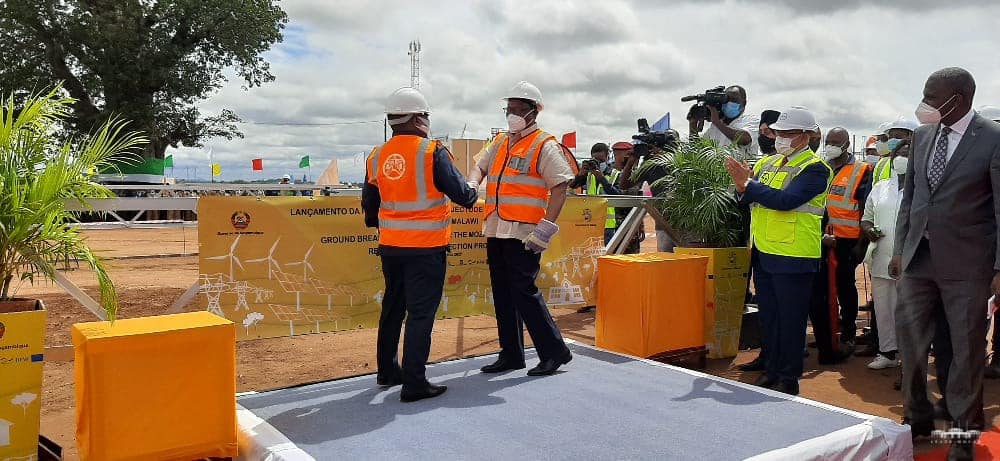
The SRBDP, set to birth Lower Songwe Dam and Hydro Plant, water supply and irrigation systems, rural electrification, middle dam and other social infrastructure, will cost both governments an estimated $829 million, according to Africa Energy Portal, which tracks energy investments across the continent.
Having already done feasibility studies, detailed designs and investment preparation under the stewardship of the Malawi-Tanzania Joint Songwe River Commission, Matola is confident that the two countries will soon attract financiers for the project.
Tanzania’s Ministry of Water and Irrigation is on record, and Matola confirmed on Monday, that both countries are confident that the African Development Bank (AfDB), which supports regional integration projects and helped to finance the feasibility study, will come on board to fund it, but the two countries are also open to other financiers.
The Songwe River Basin lies south-west of Tanzania and north of Malawi, covering an area of more than 4 200 kilometres.
Endowed with fertile alluvial soil and abundant water resources, the basin is home to over 341 000 people on both sides of the border who rely on for their livelihood.
The electricity projected to be generated on the river is expected to boost the national grids of both nations and reach at least 60 percent of the population around it, 80 percent of whom are the rural poor with per capita income of just $386.
Meanwhile, a new Tanzania-Malawi (Tama) power inter-connector is in the works that, if actualised, could pull Malawi into the Eastern Africa Power Pool (EAPP), allowing the country to benefit from two power pools, including SAPP, and potentially becoming a bridge to the two cross-border electricity and grid interconnection groupings.
EAPP, comprising Ethiopia, Egypt, Burundi, Rwanda, Djibouti, Kenya, Sudan, Tanzania, Uganda and Libya, boast generation capacity of at least 32 300 megawatts.
On the other hand, SAPP, whose members include South Africa, the Democratic Republic of Congo, Lesotho, Mozambique, Namibia, Swaziland, Zambia and Zimbabwe, grinds out around 58 400 megawatts.
During the interview, Matola indicated that the Malawi-Mozambique Interconnector is on course to kick-start after being commissioned in November 2021.
He said this is a crucial step towards integrating the regional power network and achieving deeper integration not just in Southern Africa, but with those countries in the eastern and northern parts of the continent.
The Mozambique-Malawi Interconnection Project involves the construction of a 218 km, 400kV high voltage transmission line from Matambo in Tete Province in central Mozambique, past the Malawian border to Phombeya in Balaka District, at a cost of $154 million, according to the Southern African Development Community (Sadc) news.
The interconnector will allow Malawi to access the regional SAPP market through Mozambique’s interconnected grid with Zimbabwe (Songo-Bindira) and South Africa (Songo-Apollo) while also enabling other countries to tap from Malawi’s power surpluses.
Both President Lazarus Chakwera of Malawi and Felipe Nyusi of Mozambique were upbeat about the interconnector project when they commissioned it nearly two years ago.
Chakwera, who was Sadc chairperson at the time, said the interconnector will be a boost not just for Malawi and Mozambique, but also for the rest of the Sadc by easing energy challenges in the region.
Nyusi concurred, saying joint infrastructure projects between and among Sadc member States are key to advancing integration and promoting sustainable development.
He said the construction of the Malawi-Mozambique Interconnector was long overdue given the power shortages in the region where demand far outweighs supplies.
Regional Integration of the power sector makes economic sense in the Sadc context as it results in overall savings of more than $42 billion in investment and other costs.
Malawi Government is in a race against time to increase electricity generation to about 1 000 MW by 2025 at a time World Bank data shows 17.7 million people lack access.
Further, the government is also facing an ambitious target to ensure that 50 percent of the country’s population has access to electricity from the national grid. Currently, about 14 percent have access.
Currently, Electricity Generation Company has a total installed generation capacity of 441.95MW, with 390.55MW from hydro power plants and 51.4MW from standby diesel power plants.


